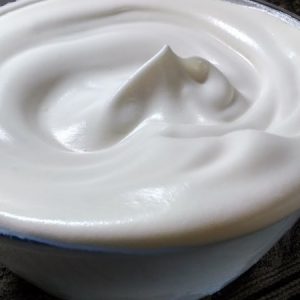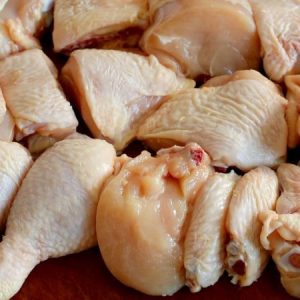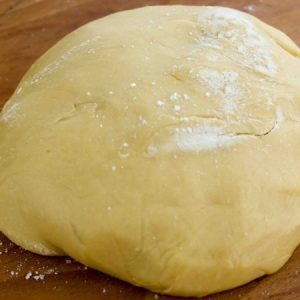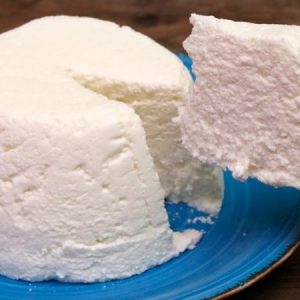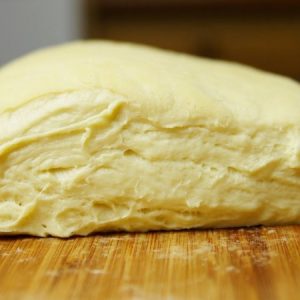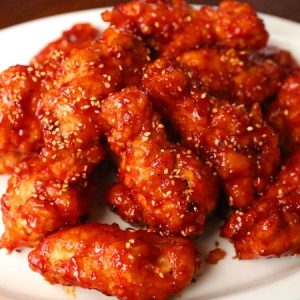Pizza night is the best night of the week and making your own pizza is simpler than you think. There are plenty of tiny steps that could trip you off to make a perfect pizza. Avoid these common pitfalls to achieve a perfect homemade pizza.
1. Pre-made Crust.
Most grocery stores sell almost all pre-made pizza crust but taking these step will make your final product less than stellar. Making your own crust is much easier than you think, especially if you have some sourdough starter running. A simple homemade sourdough crust will be firm enough to stand up to all the toppings you could want to pile. Another option is calling your pizza joint and ask if they can sell you a bit of their dough. You can pick some naan and use that for your crust, or get a nice loaf of french bread and make some french bread pizzas. Al of these is better than a disappointing pre0madec crust.
2. Skipping Salt.
Salt is a flavor enhancer and it is key to better tasting food. Take flour, without the addition of salt, flour is not going to make something that is very tasty. Given the traditional pizza crusts are made nearly entirely from flour, salt is essential. If you don’t add enough salt, your crust will be bland. If you are adding many salty kinds of cheese or toppings like olives and ham, the resulting pizza will basically just be a salt bomb. You can also add Italian herb seasoning and minced garlic to your crust for an added burst of flavor.
3. Working with cold dough.
While it might be tempting to pull the dough from the refrigerator and immediately get to work, pulling, stretching and shaping it, topping it with ingredients and quickly throwing in the oven, try to refrain from doing so. Make sure you let the dough rest long enough to let it come closer to room temperature and make it easier to stretch gently.
4. Handling the dough.
Using a rolling pin for pizza dough really should be a last resort because hand stretching is the ideal way to form your pizza. While rolling your pizza dough with a rolling pin will likely make the crust dense and tough, stretching will help keep that crust light and chewy. Don’t give up until you have stretched your pizza dough to a thickness between one eighth and one fourth an inch.
5. Using all raw toppings.
Precooking toppings take a tiny bit more effort than throwing on top of the pizza raw. If you want areally good pizza sits worth taking the extra time for two major reasons. Partially cooked, salted or precooked toppings will make your pizza ultimately taste better. Secondly, they also help protect you from foodborne illness. Precooking any meat before putting them on your pizza will ensure they cook completely.
6. Not preheating your oven.
While you preheat your oven, preheat the pizza stone or sheet pan that you will bake your pizza as well. This will help the bottom of the crust get all nice and crispy which is just what you want for your perfect homemade pizza. A good way to move your pizza from the counter to the oven is by a sheet of parchment paper. Craft your pizza on top of the parchment then st it directly on the stone or pan in the oven.
7. Low Temperature.
Pizzas cook well at high temperatures and even though your home oven probably doesn’t get a hit like the one at your local pizzeria, that doesn’t mean you can’t make great pizza from scratch. Crank your oven up to around 500 degrees Fahrenheit and that high heat means the pizza cooks quickly and becomes crispy on the outside and chewy on the inside.
SEE MORE; Making Pizza Dough


